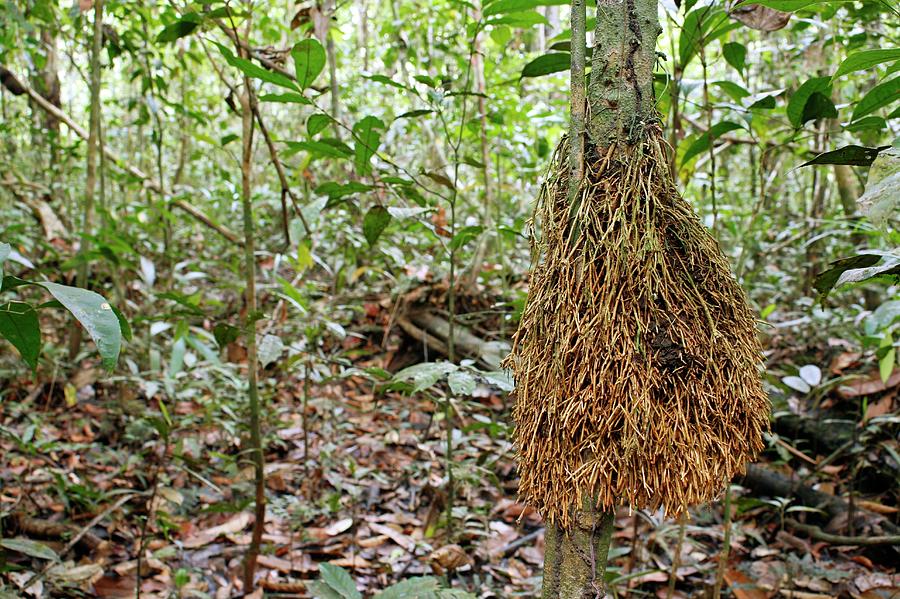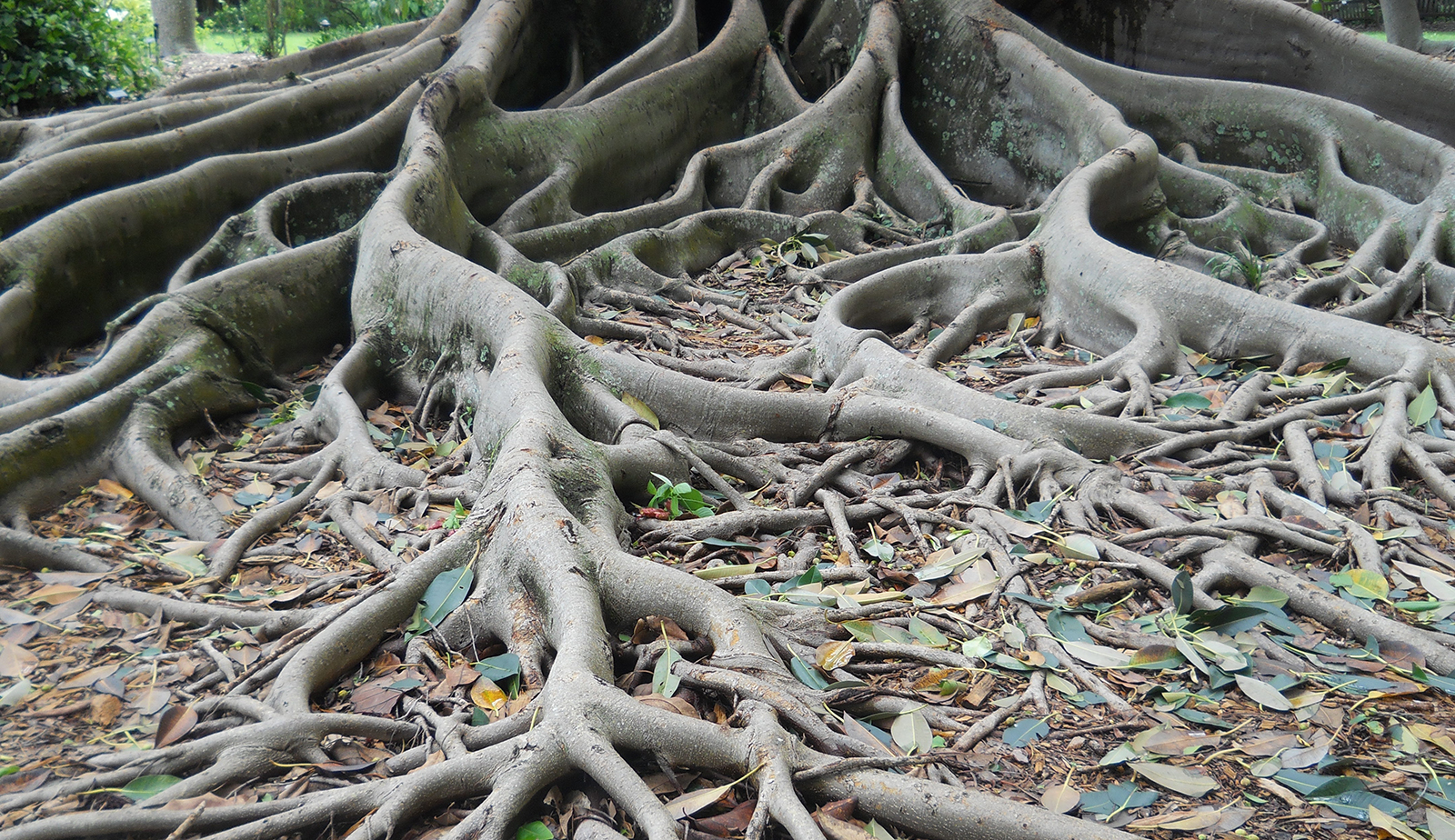

Start by removing a couple of long healthy roots from the plant and keeping them moist to prevent drying up.If you use a root from another species, the aerial root will appear a different color than the stem or trunk. The procedure entails grafting a new root on a host plant where you want the aerial root.įor aesthetics, the roots for grafting should be obtained from the same plant or a similar species. It can also work well with plants that have herbaceous stems like Monstera Deliciosa. Root grafting is also an effective technique and is not only limited to plants with woody stems. The roots could resemble fine hairy soil roots instead of a single thick aerial root.

Once you notice aerial roots develop, you can remove the wrapping.

It would be best if you also keep the moss moist. The wrapping can be left on for up to a year (about three months for ficus), occasionally opening and checking if roots are developing.

Wrap the moss with plastic wrap, begin with one end, and fasten it with adhesive tape. Wrap moist sphagnum moss around the wounded area to a thickness of 3 to 4 inches (7.5-10cm). This isn’t a must but is preferable as it encourages the growth of roots. The cut can be lifted like a tongue.Īpply rooting hormone to the wound. Prune the leaves or side shoots along a one-foot (30cm) long section. Black plastic wrap (better than clear plastic to avoid algae formation)Ĭhoose a stem that is about 1 to 2 years old that appears healthy and straight.The best time to perform this technique is spring or fall. Air layeringĪir layering is an advanced technique to encourage aerial root growth for plants with woody trunks, such as shrubs, climbers, and trees. If the air is dry, you can compensate by misting two to three times a day, wrapping the plant around with a plastic bag, or putting it in a greenhouse as explained below.Īerial roots can be put inside a jar to promote its growth by trapping moisture 3. 1.4 Hot and humid environmentĪ hot and humid environment that ranges between 85-105 Fahrenheit (or 30-40 Celcius) is ideal for growing aerial roots naturally. It helps the roots absorb water faster, thus drying up the soil faster and increasing the need for finding moisture in the air. Soil with good drainage has a large space between the particles. You can expose the plant to direct sunlight, though not necessary. Similar to the need for leaves, sufficient light is important for the plant to absorb water in order to carry out photosynthesis. While a dense foliage generates a higher need for moisture and nutrients, an abundance of soil roots creates a sense of dissatisfaction in the plant with the existing moisture condition as the roots absorb all the water in the soil.Ī combination of these two factors would thus force the plant to grow aerial roots above ground to find moisture in the air.Īnd to achieve a dense foliage, it is better to avoid pruning and let it grow. Sufficient leaves and soil roots are essential if your plant needs to develop aerial roots. The natural conditions optimal for growing aerial roots are: 1.1 Abundant leaves and soil roots In fact, when under certain conditions, the plant will start growing aerial roots on its own. Some people believe that the plant must be root bound in the soil or that the plant must be old to grow aerial roots. Can you put aerial roots in water to help them grow? When is the best time to grow aerial roots?


 0 kommentar(er)
0 kommentar(er)
